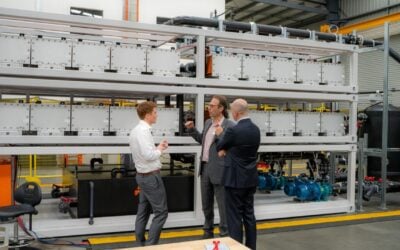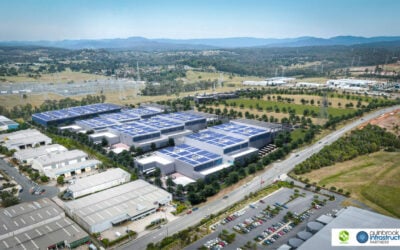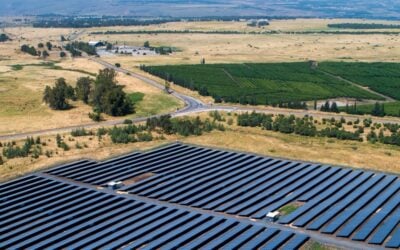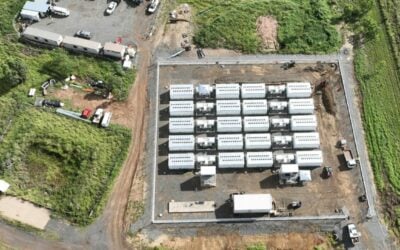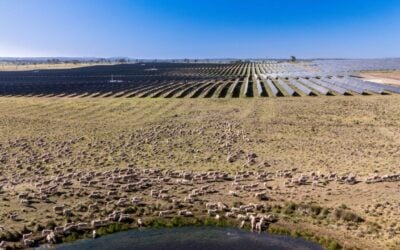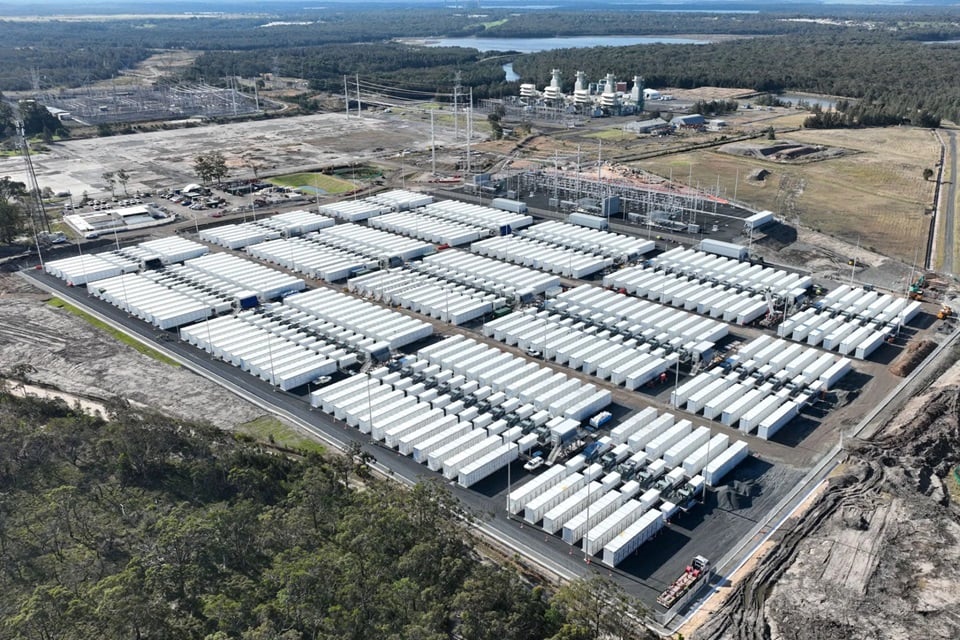
The 1,680MWh Waratah Super Battery, which completed its energisation in early September, was called upon yesterday (27 November) to prevent widespread blackouts in New South Wales, Australia.
The Australian Energy Market Operator (AEMO) issued a notice at around 2pm calling for the battery energy storage system (BESS) to maintain 96MWh of energy storage to the National Electricity Market (NEM) at 3pm amid surging demand throughout a heatwave. This was to last until 7pm.
Enjoy 12 months of exclusive analysis
- Regular insight and analysis of the industry’s biggest developments
- In-depth interviews with the industry’s leading figures
- Annual digital subscription to the PV Tech Power journal
- Discounts on Solar Media’s portfolio of events, in-person and virtual
Or continue reading this article for free
New South Wales came close to blackouts due to a heatwave increasing energy demand, but without enough generation on the NEM to prevent it. As such, New South Wales premier Chris Minns said that the AEMO would introduce “proactive measures” to reduce energy demand from major users and significant utilities.
Minns added that one of the main reasons for this decline in available energy capacity was due to the traditional tailing off of solar PV generation after 3pm. You can follow solar PV in New South Wales on our sister site PV Tech.
Waratah, which has been described as a ‘giant shock absorber’ for the grid, is one of the world’s largest BESS assets to date. It fulfilled its role as an absorber, proving the need for greater energy storage capabilities in New South Wales to combat weather patterns.
The project developer, Akaysha Energy, signed an agreement with BESS integrator Fluence to use its AI-powered bidding optimisation software Mosaic at the Waratah Super Battery. It will also be used at Akaysha’s 415MW/1,660MWh Orana BESS in New South Wales and the 150MW/300MWh Ulinda Park project in Queensland.
The Waratah Super Battery was not the only BESS to have been given a directive from AEMO to prevent blackouts in New South Wales. Indeed, Iberdrola Australia, a sub-division of Spanish utility giant Iberdrola, was called upon to ensure its smaller 50MW/75MWh Wallgrove BESS in Western Sydney, was able to maintain 59MWh of energy storage from 2:30pm to 7pm. This was cancelled early at 4:45pm.

